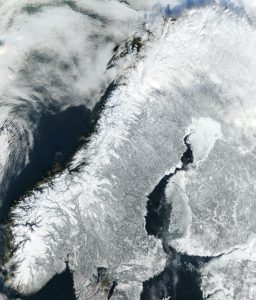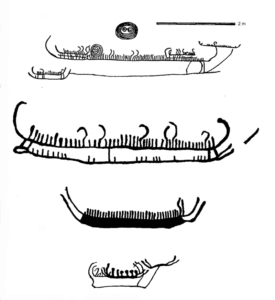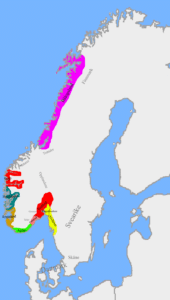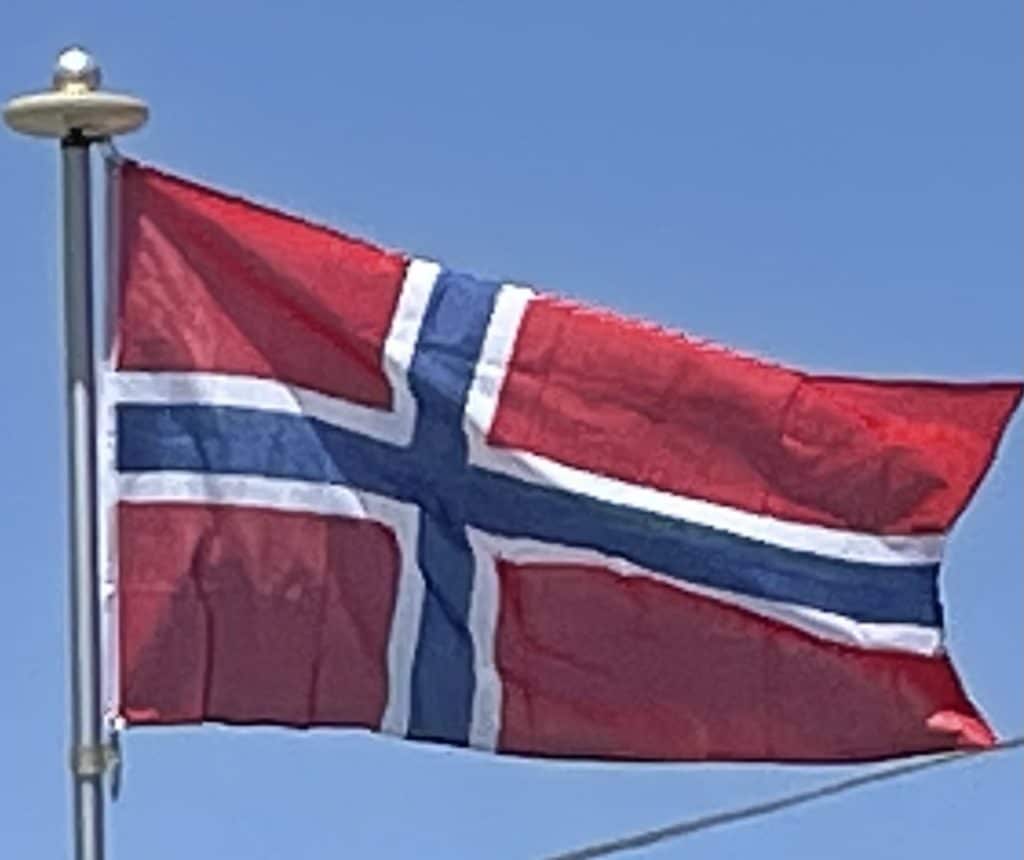The country has the fourth-highest per-capita income in the world on the World Bank and IMF lists. On the CIA’s GDP (PPP) per capita list (2015 estimate) which includes autonomous territories and regions, Norway ranks as number eleven. It has the world’s largest sovereign wealth fund, with a value of US$1 trillion. Norway has had the highest Human Development Index ranking in the world since 2009, a position also held previously between 2001 and 2006; it also has the highest inequality-adjusted ranking per 2018. Norway ranked first on the World Happiness Report for 2017 and currently ranks first on the OECD Better Life Index, the Index of Public Integrity, and the Democracy Index. Norway also has one of the lowest crime rates in the world.

The majority of the population is Nordic. In the last couple of years, immigration has accounted for more than half of population growth. The five largest minority groups are Norwegian-Poles, Lithuanians, Norwegian-Swedes, Norwegian-Kurdistanis and Norwegian-Pakistanis.
History:
The written history of Norway is extensive and well beyond the bounds of what can reasonably be covered here. The following a severely truncated version of the historical story of Norway which is told in detail elsewhere along with the more general history of Scandinavia that might also be of interest.
Early History:
There is compelling evidence that that area now known as Norway was host to early humans by the 11th century BCE with sites along both the northern and southern coasts retaining archeological artifacts of a hunter-gatherer life style.
The Bronze age brought new settlers into eastern Norway who were farmers and herders. These groups would slowly replace the hunter-gatherer groups along the coast. There is strong evidence in the form of rock carvings that these Bronze Age Norwegians were ocean-going.

Little remains from the Iron Age but there is evidence of trade with Roman Gaul.
The period of the fall of the Western Roman Empire was a time of great success for small petty kingdoms in Norway that grew slowly into larger and larger entities, often rich with gold artifacts.

This period also introduced some level of group decision making either through direct representation or through the selection of representatives who attended these gatherings.
Viking Age:
From the 8th to the 10th century, the wider Scandinavian region was the source of Vikings. The looting of the monastery at Lindisfarne in Northeast England in 793 by Norse people has long been regarded as the event which marked the beginning of the Viking Age. This age was characterized by expansion and emigration by Viking seafarers. They colonized, raided, and traded in all parts of Europe. Norwegian Viking explorers discovered Iceland by accident in the 9th century when heading for the Faroe Islands, and eventually came across Vinland, known today as Newfoundland, in Canada. The Vikings from Norway were most active in the northern and western British Isles and eastern North America isles.
